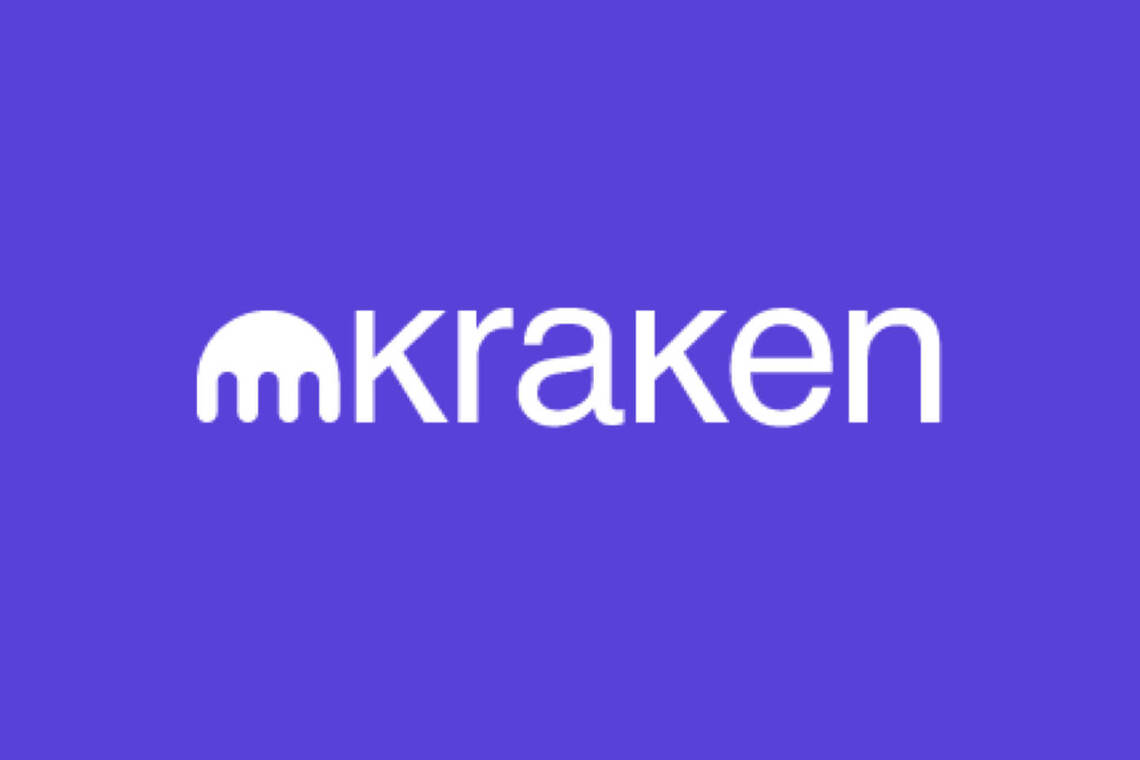
Kraken, which was founded in 2011, finds accounting management and data auditing as its mission.
Kraken reveals its accounts
Its inception is due to the mismanagement of Mt. Gox which was one of the most widely used exchanges in the past and saw the need to have its “numbers” audited to verify solvency and make ends meet.
Mt. Gox, unfortunately, did not survive for long as the situation it was in was too compromised to recover, and in essence, Kraken was almost a liquidator.
Kraken CEO Jesse Powell was at the forefront and has been present throughout the Mt. Gox affair from the very beginning, so who can better understand how transparency and a painstaking audit are needed to prove that the trust placed in them by investors is well placed and that most importantly the hedges are there.
“The biggest explosions were really these cases, like Mount Gox or Quadriga, where they have been insolvent for years. Since no one was aware of it, the problem could have gotten much worse as stock traders felt they could get out of the hole, perhaps swapping the way back to full reserve or profitability.”
Traditional banks (JP Morgan, Goldman Sachs, etc.) are forced into a system called “fractional reserve,” where deposits are insured up to $250,000 in case of default but institutions are only required to hold hedges for a percentage of accumulated funds.
In the cryptocurrency world, unfortunately to date, there is no real audit or control and many tokens or service companies pay external audits to keep an eye on accounts and hedges.
In the case of Kraken for example, the company has brought out yet another proof of reserve, a document that allows its customers to check solvency.
The task was done by Armanino LLP, (a top 25 global accounting firm) which checked 63% of the total balances held by Kraken finding that the covered assets involved Bitcoin, Ethereum, USD Tether, XRP, Cardano, and Polkadot.
The Staking Out Chain that was adopted is a procedure by which investors earn an additional return on their holdings by reinvesting in a margin pool where Tokens can be borrowed to generate interest.
These generated values are included in the attestation, however, the solvency risk remains regardless of the type of loan, especially if the Staking Out Chain is used since the audit checks are done on a one-time basis and not daily.
“One of the criticisms of the first audit we did, in 2014, was that this was just a moment. You don’t know if we just borrowed 100,000 bitcoins from one of our investors or something to take this snapshot. And then, you know, we sent it back five minutes later. If you run this attestation release more frequently, you are less likely to do this type of thing and more likely to be detected. Let’s say, for example, you see 100,000 coins moving, you know, on the 30th of every month in a chain. Perhaps at some point these could also be done in real-time.”
That was Powell’s comment on the matter.
Tether, for example, has been using MHA Holdings to produce its stock certificates and for the future has already announced that it will use Italy’s BDO, which is one of the top five audit firms in the world.
“When or if we become a public company, we should disclose these types of financial data. And, you know, maybe we could do it, even ahead of time.”
As for the difficulty of finding a certified audit partner worthy of its reputation, the CEO said:
“There is a risk that if you fail as an auditor and sign something that turns out to be false, your entire reputation will be burned and no one will trust you anymore. This isn’t a direct analogy, but no one wants to be the next Arthur Andersen (the now defunct Chicago-based accounting firm that previously audited Enron).”
This news is republished from another source. You can check the original article here



